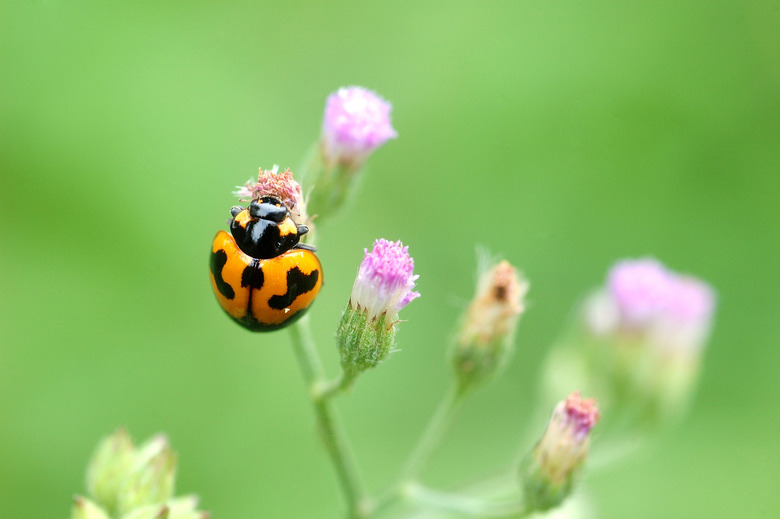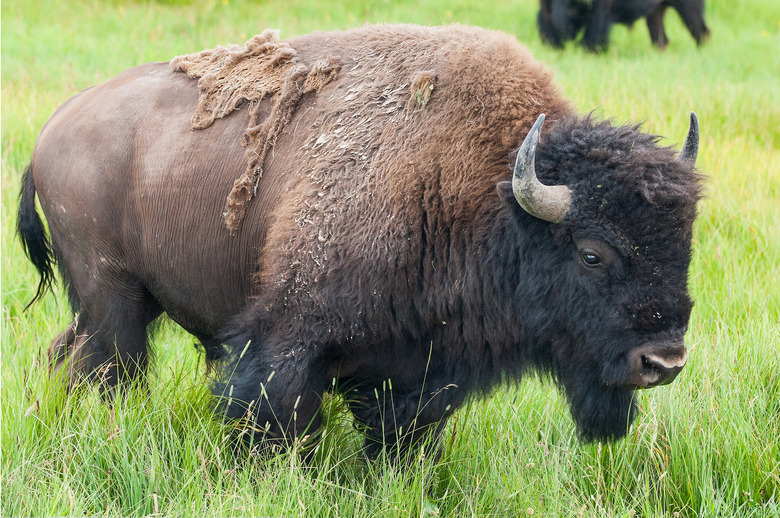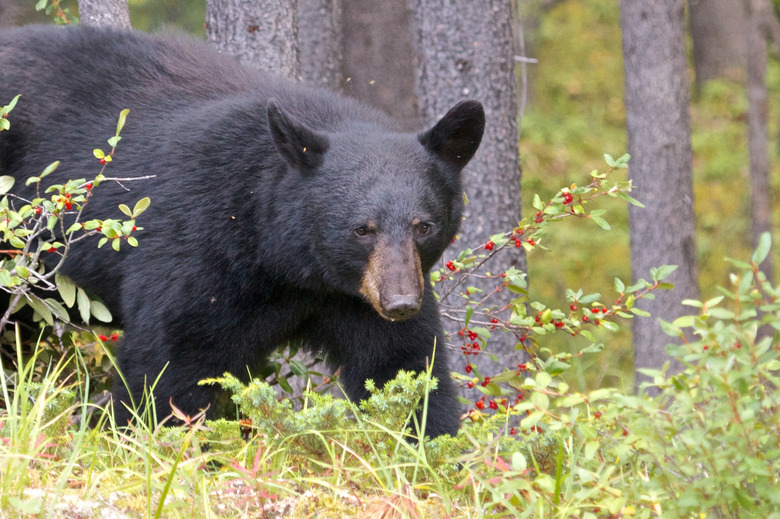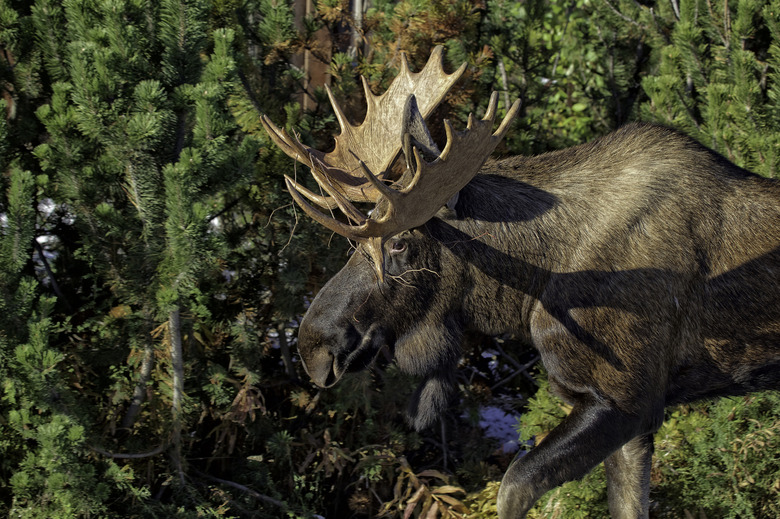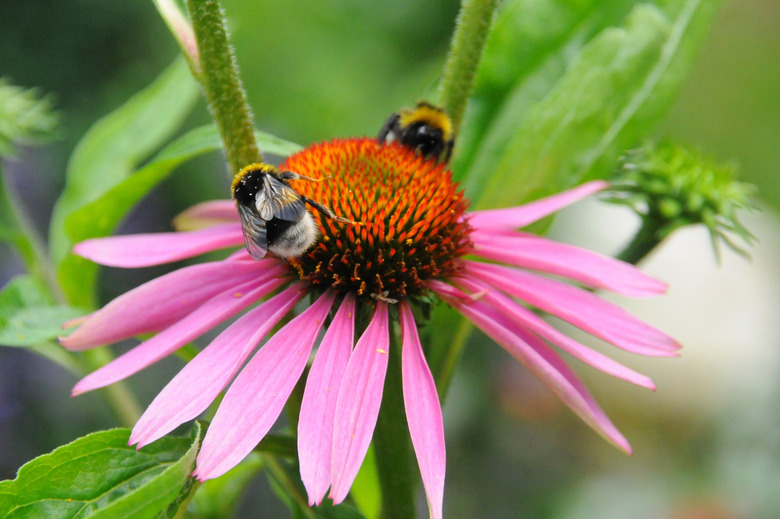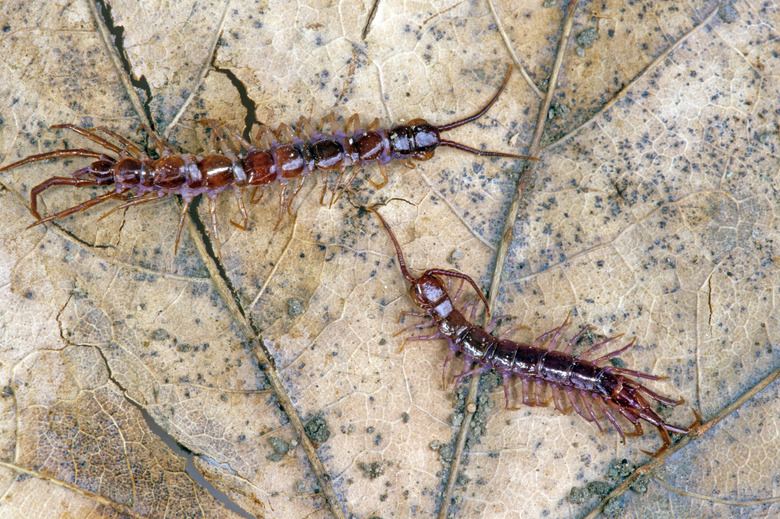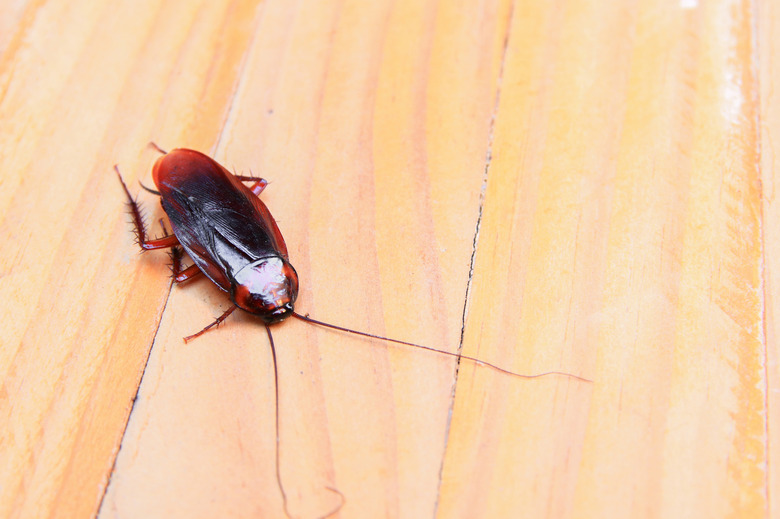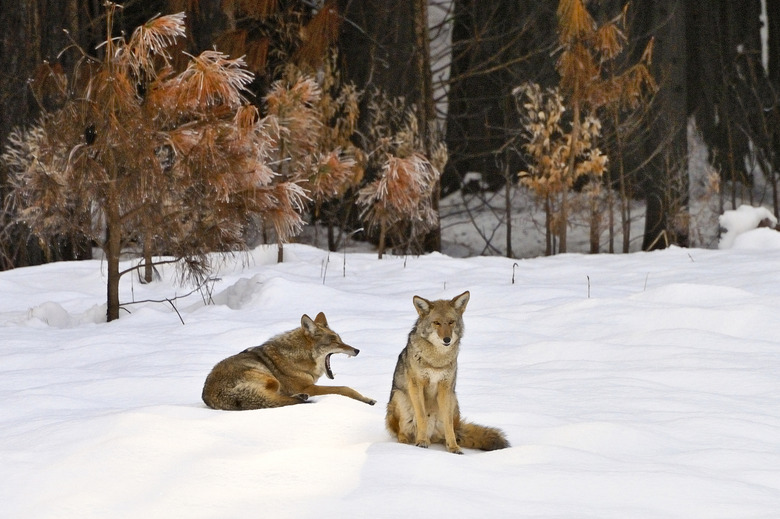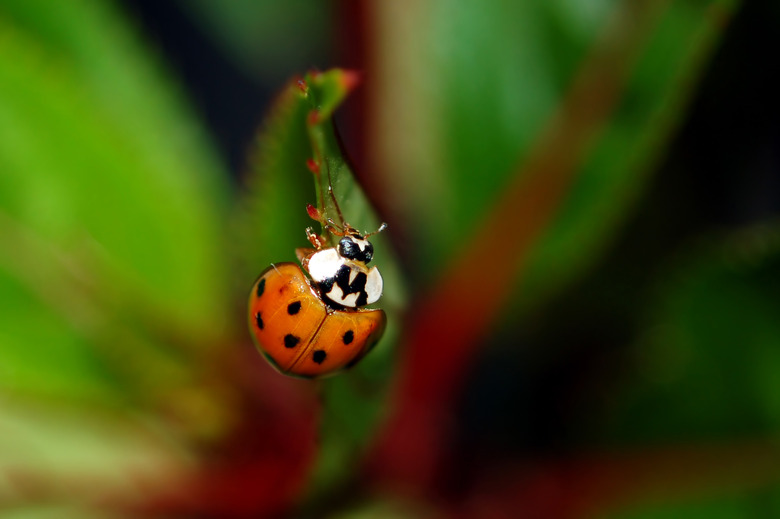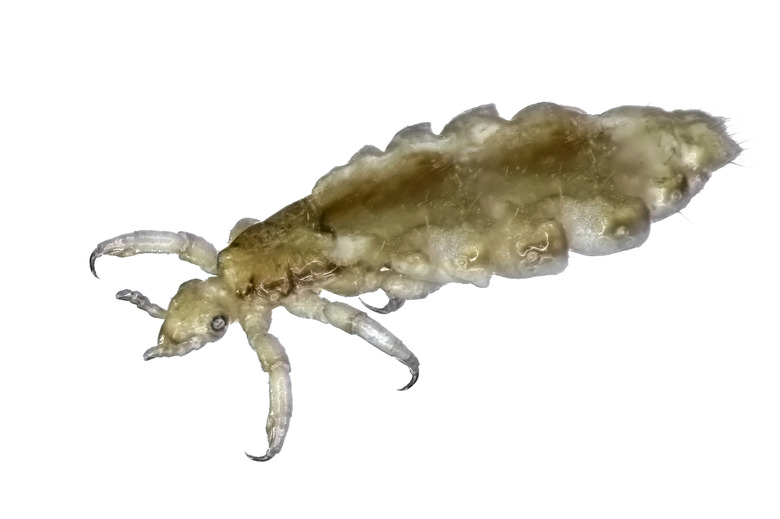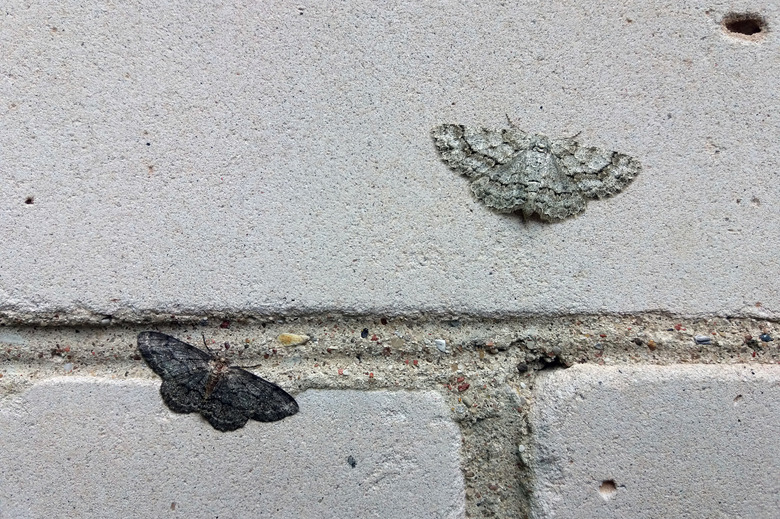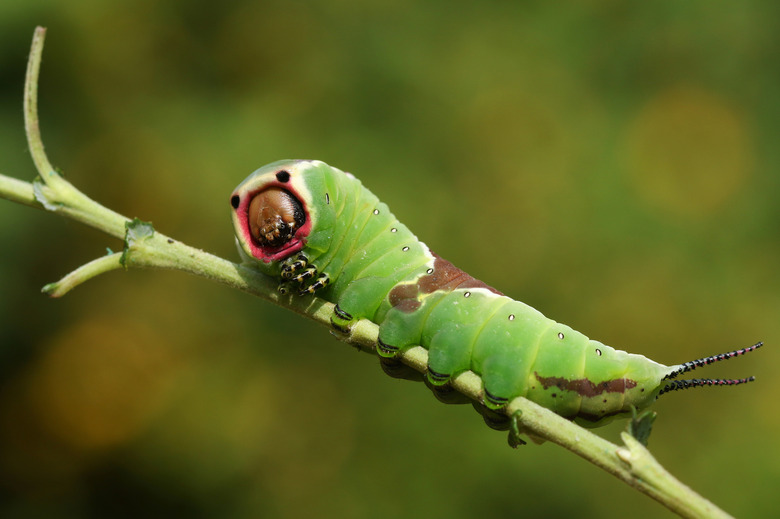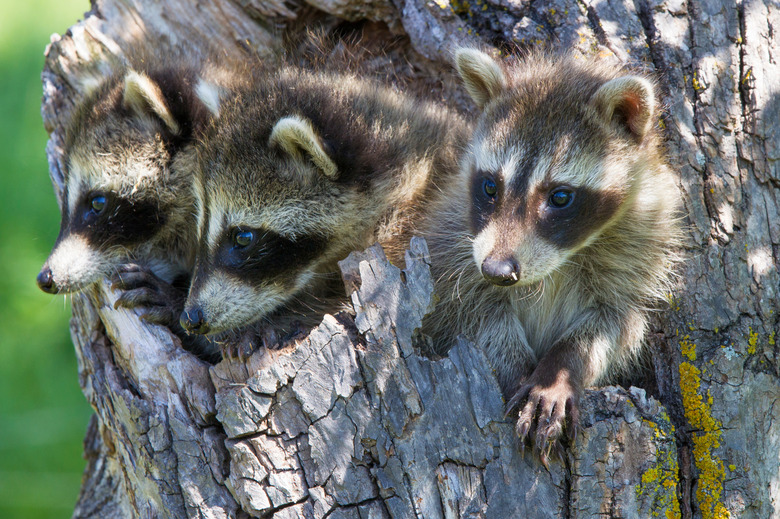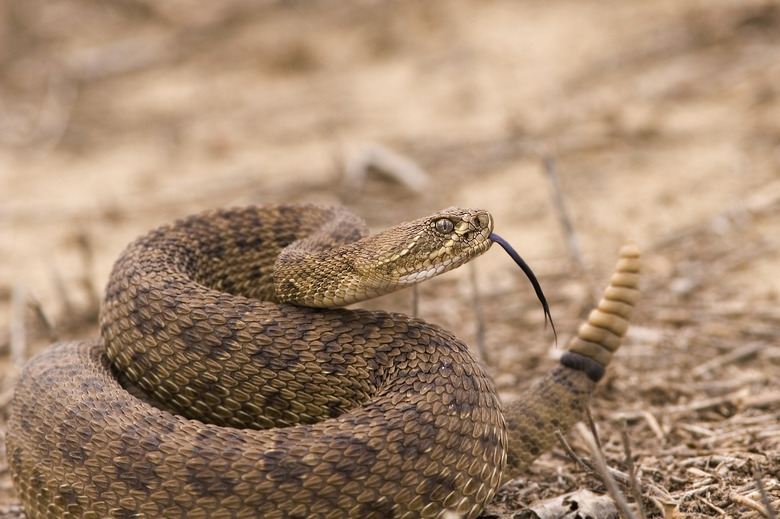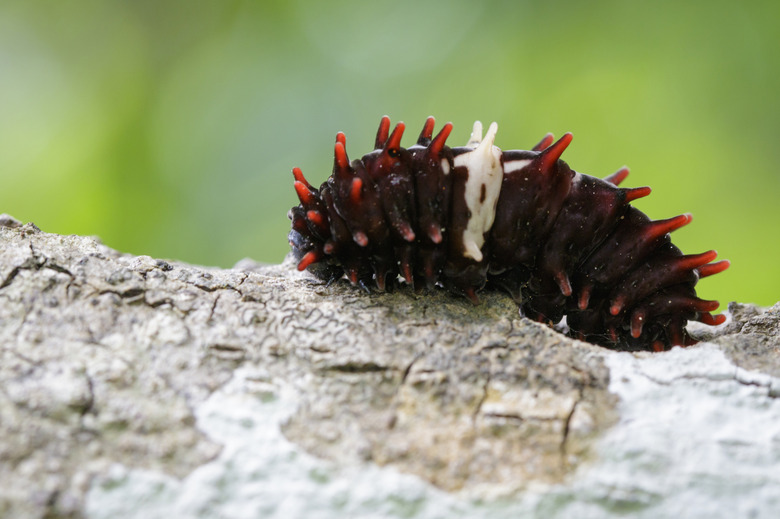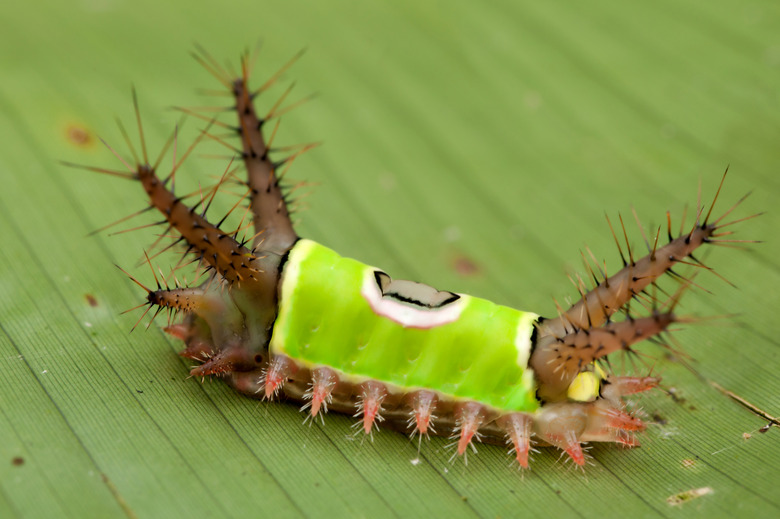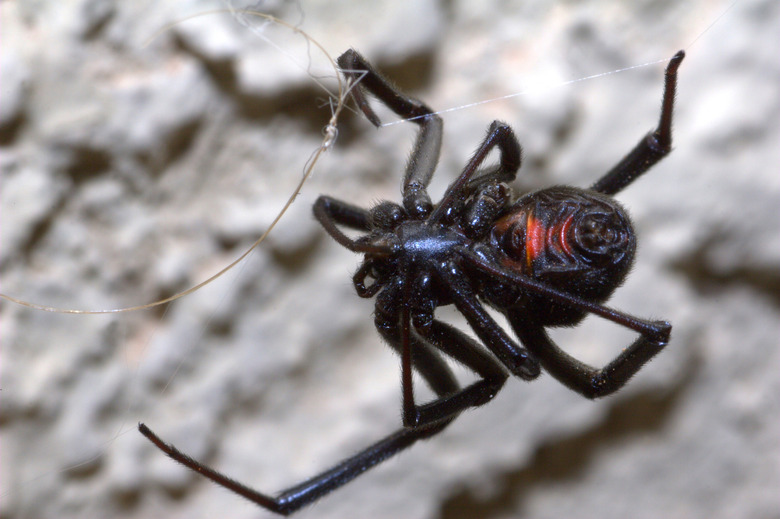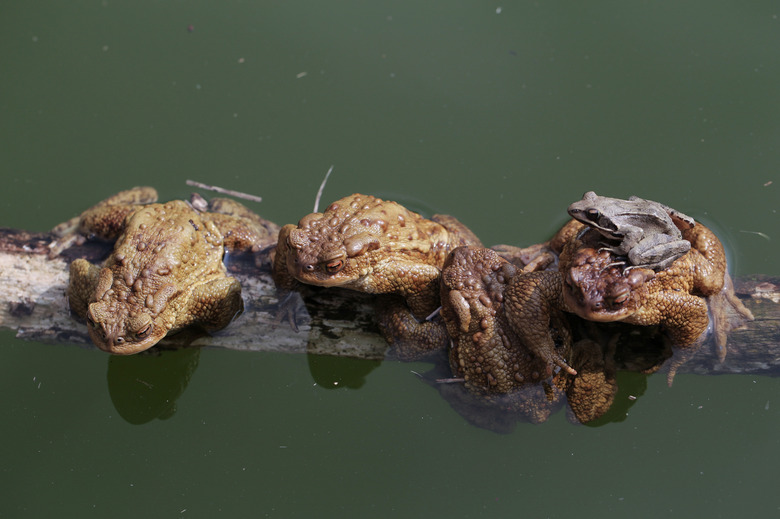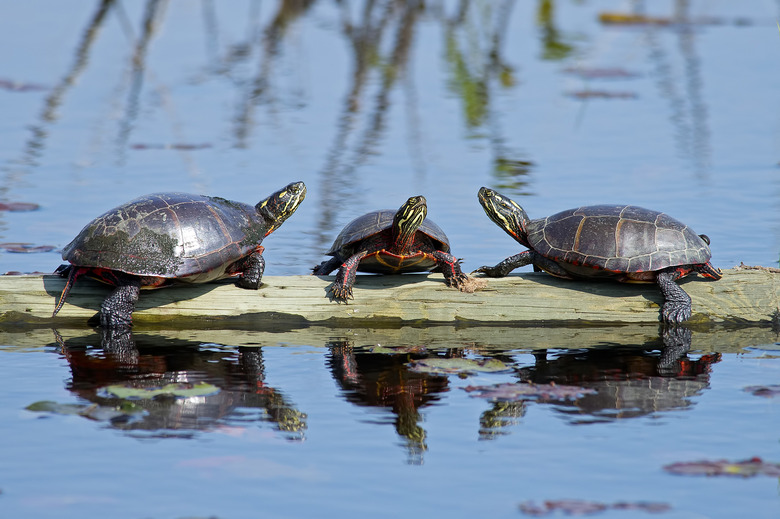Critters You Didn't Know You Should Avoid This Summer
Between swimming, hiking, boating, fishing, and biking there are plenty of ways to enjoy the outdoors this summer. But what many people don't plan for is encounters with little critters along the way. Most people know to stay away from aggressive alligators in the south and swarms of mosquitoes throughout the rest of the country. But there are plenty other critters that seem completely harmless until you come into contact with them. One trip to the hospital, and then you're suddenly wishing you knew about this warning before heading out for a fun summer day.
American bison
Bison seem mellow, but they can attack. Their aggressive behavior is not uncommon when people try to get up close and personal for pictures in national parks like Yellowstone.
Black bears
You might be surprised to learn that the number of black bear sightings, and attacks, have spiked in recent years. When camping, be aware of your surroundings. Smithsonian.com recommends sticking with a group and packing food away so you don't attract them.
Bull moose
Moose aren't any more dangerous than bears, but their sheer size betrays their typically passive demeanor. Best to stay out of their way in the wild, though.
Bumblebees
No one wants to get stung by a bee, but it's also important to know that bumblebees help the environment. Due to their role in pollinating plants and crops, bumblebees are vitally important to their existence. And ours.
Centipedes
According to Orkin pest control services, "Smaller variants of centipedes produce nothing more than a painful, localized reaction, not unlike a bee sting. Larger species, however, administer more venom through a bite and can produce more extreme pain."
Cockroaches
Cockroaches eat anything, which means they can leave bacteria all over the place; especially in the kitchen close to your food. Some species even bite!
Coyotes
Cockroaches eat anything, which means they can leave bacteria all over the place; especially in the kitchen close to your food. Some species even bite!
Ladybugs
Most ladybugs are harmless, but Asian Lady Beetles can be aggressive and bite. Many people have also had allergic reactions. Their coloring varies, so it's best to avoid touching ladybugs altogether.
Lice
It's hard to spot lice. And when doctors say lice are contagious, they mean it. If you know someone who is infected it is best to avoid that person until he or she gets it treated. It takes just a few seconds for the critters to jump from head to head. Treatment typically involves a special shampoo and careful combing.
Moths
Moths come in all shapes and sizes, and many species serve as pollinators (like bees!). They can be annoying, as you can probably attest to, so just shoo them away and go about your business.
Puss caterpillars
National Geographic once called this critter the most venomous caterpillar in the U.S. after young children from Florida to North Carolina reported excruciating pain after coming into contact with the adorably furry puss caterpillar.
Raccoons
It's no surprise raccoons are often spotted on top of and inside garbage cans. Avoid their pesky presence by not leaving food out and completely covering your cans (or keeping them in a garage or shed).
Rattlesnakes
Arizona alone is home to more than 10 species of rattlers. And while most people know to avoid rattlesnakes, what they don't realize is that many who have been bitten were attacked because those people accidentally stepped on snakes! So watch where you're walking at all times.
Rose caterpillars
From New York to Illinois, this stinging caterpillar is typically found on apple, cherry, dogwood, hickory, oak and rose trees. The rose caterpillar's spines have poison glands at their bases, and when they are touched they cause severe pain. Colors vary from yellow to red.
Saddleback caterpillars
Common throughout the Eastern U.S., the saddleback caterpillar may look pretty but those hairs all over its body actually sting. They can inject venom from poison sacs carried at their base, and the sting causes problems for days.
Spiders
There are so many species of spiders that it's not always easy to tell if you have a Black Widow or Brown Recluse on your hands. Be very careful when trying to dispose of these critters if you find them in your house, and just try to avoid them if you see them outside.
Toads
When they're under duress, toads excrete a white toxin through their skin. The toxin poisonous, especially to pets, and if your pet is infected they'll require emergency veterinary assistance. Humans who handle toads may also get some of the milky substance on their skin, resulting in irritation and rash.
Turtles
Turtles in the wild could be carrying dangerous salmonella. People with compromised immune systems are the most likely to get seriously sick from salmonella and should avoid wild turtles at all costs.
